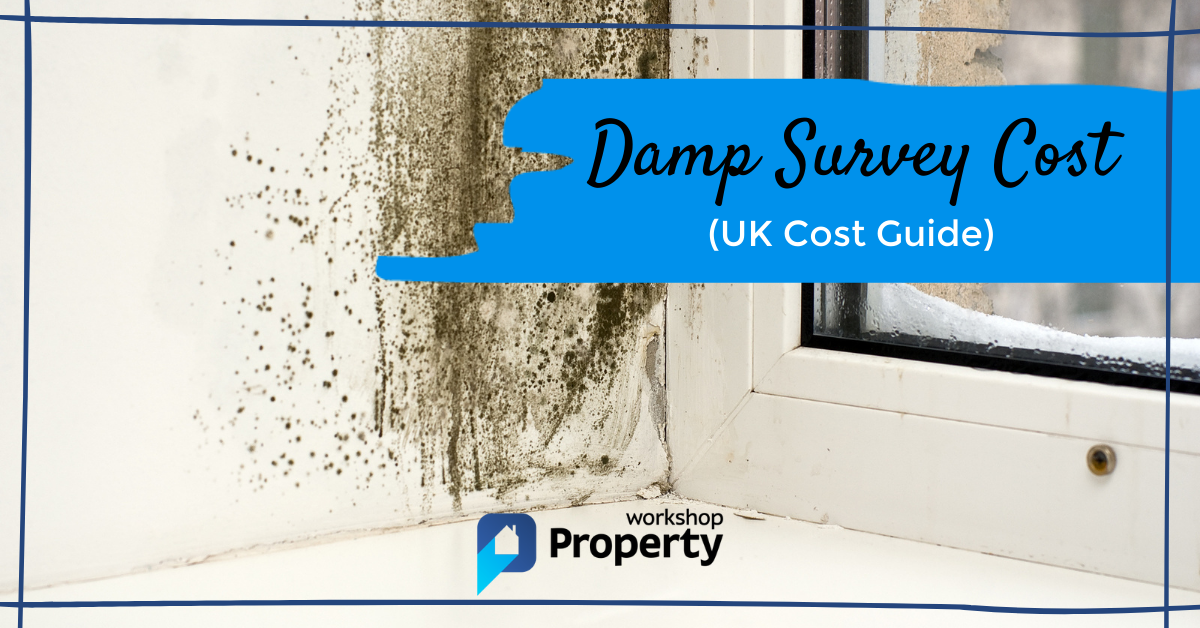
September 4, 2024
Retaining Wall Surface Repair Work

What A Contractor Can Do For Your Harmed Block Wall Surface The price mainly depends upon the size, with larger walls setting you back even more to eliminate due to the extra work to demolish and get rid of the areas. Preserving walls might need to be gotten rid of as a result of redevelopment tasks or if the existing wall surface is badly damaged and requires replacing. Below are a few of the most usual questions we get about repairing preserving wall surfaces. In worst-case scenarios, the damages to your maintaining wall may be too extreme to fix.
Remove The Backfill
- Similar to straightening with connection backs, helical anchoring entails utilizing steel sustains to draw a retaining wall surface into location.
- A lot of respectable structure fixing companies offer free estimates.
- Cracks and crumbling areas might show up, or foundation concerns could occur.
- Find out how to identify structural issues and the fundamentals of basement wall surface repair work.
- Our specialists install these thin yet solid, versatile, and water resistant bands to prevent cracking and bowing and recover stability to your wall surface.
Price To Fix Vs Replace A Preserving Wall Surface
The majority of Tenant Obligations issues can be dealt with, yet the costs vary depending upon the labor and products needed for each problem. The table below programs common problems and ordinary repair work prices. The high expense is $5,000 to restore a large area of an accumulated maintaining wall. The type of soil bordering your retaining wall can influence the price of your repair project.That Solutions A Bowing Retaining Wall Surface?
Slit rap is normally one of the most cost-efficient design in the short-term because the products are straightforward and economical. On the various other hand, a steel seawall has the lengthiest lifespan. That may conserve you cash over time if you hold onto the home and maintain the retaining wall effectively. Mounting this sort of maintaining wall is a multi-step procedure. The crew initially excavates the shoreline to guarantee adequate area to work. They construct this below ground support system from 5- and seven-gauge steel, galvanized steel, and steel round-stock tie-back rods. So, exactly how do you pick which sort of seawall is right for your residential or commercial property? When that takes place, it can create lots of residential or commercial property damage, and fast. It swept away individuals's watercrafts and other ownerships, deteriorated their shorelines, and sent out particles crashing right into people's anchors and depleting on their coasts.How to fix a falling apart concrete keeping wall surface?
concrete. Insufficient grounds: The structure of a preserving wall, or the ground, plays a critical duty in its stability. If the footing is also shallow or improperly designed, the wall surface might not have the ability to withstand the stress from the dirt it's keeping. Water accumulating at the bottom of a retaining wall is the leading reason for retaining wall failure. Correct construction of a retaining wall surface always considers the weight of the soil and trees either over or surrounding the wall. Poor water drainage is the major factor preserving wall surfaces fail.

Social Links